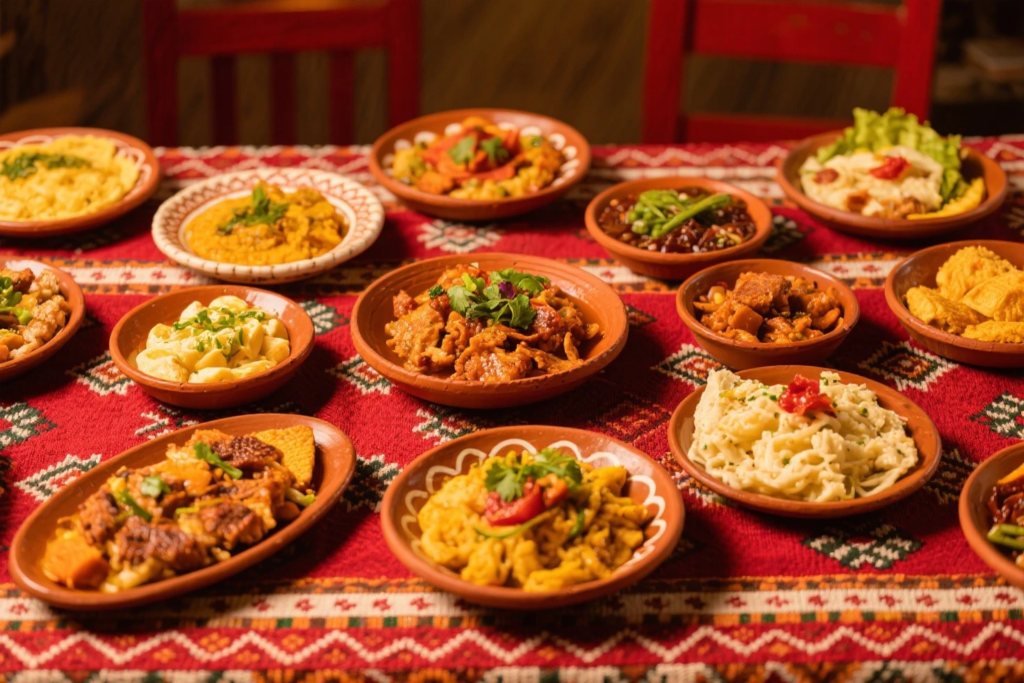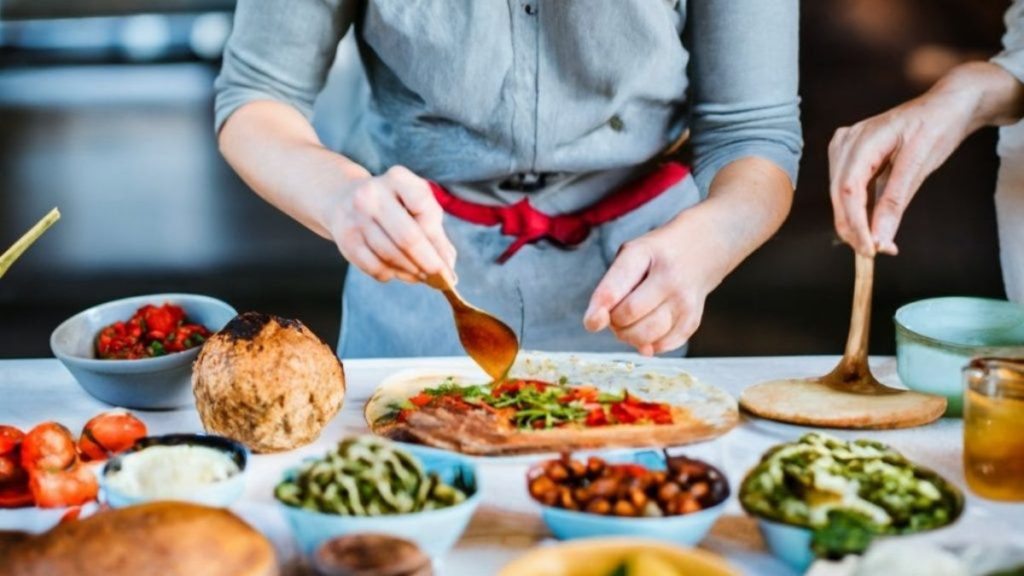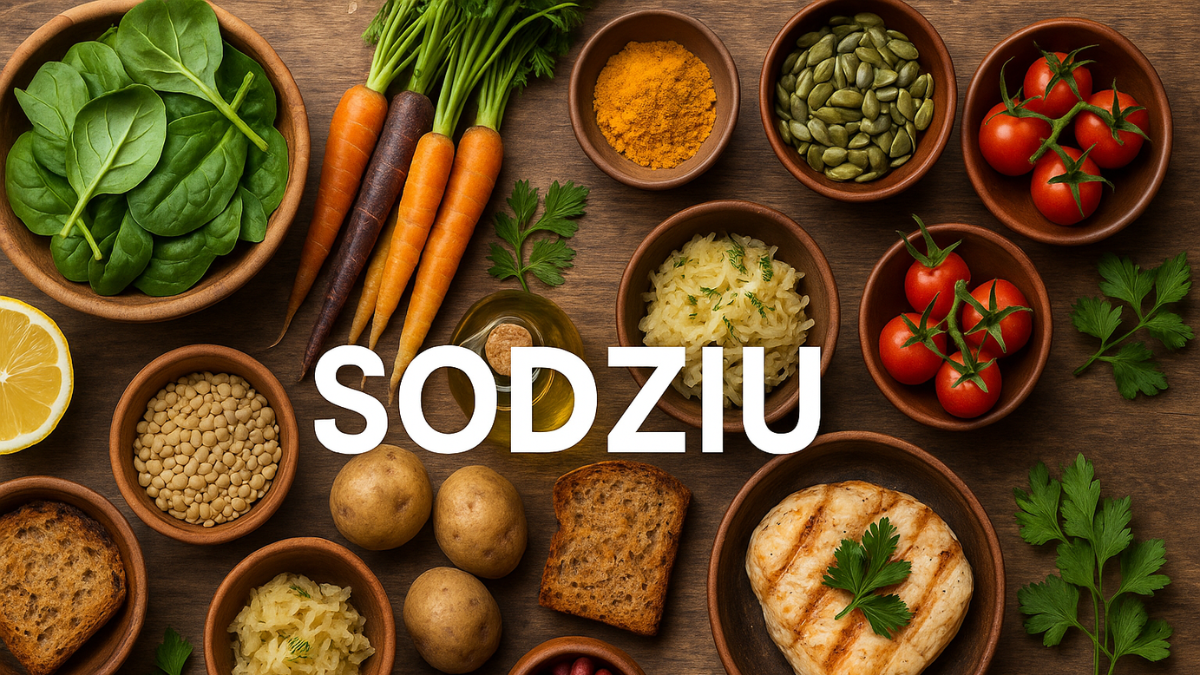The world of food is undergoing a transformation. With climate change, environmental concerns, and a growing awareness of health and sustainability, people are rethinking what they eat and where it comes from. Amid this revolution, one movement has caught the attention of chefs, food critics, and eco-conscious consumers alike — Sodziu. Rooted in sustainability and local gastronomy, Sodziu is more than just a culinary trend; it’s a global initiative with deep local roots.
also read: https://usaenliinea.com/tributeprintedpics/
What is Sodziu?
Sodziu is a culinary philosophy and movement that emphasizes sustainable practices while celebrating local, seasonal ingredients. Originating from regions that prioritize eco-conscious farming and community-centric cooking, Sodziu has rapidly gained popularity in the global food scene. The word “Sodziu” itself resonates with the values of community, nature, and nourishment.

While it may sound like a simple farm-to-table concept, Sodziu goes deeper. It blends environmental responsibility with culinary creativity, emphasizing:
- Zero waste cooking techniques
- Locally sourced ingredients
- Seasonal menu planning
- Traditional food preparation methods
- Modern culinary innovation for flavor enhancement
By focusing on these principles, Sodziu not only protects the environment but also preserves the authenticity of regional flavors.
The Philosophy Behind Sodziu
Sodziu stands as a rejection of the industrialized food system, which often relies on mass production, chemical additives, and long-distance transportation. Instead, it supports small-scale farmers, fishermen, and artisans.
This philosophy is based on three main pillars:
1. Sustainability
Sodziu is inherently eco-conscious. It encourages the use of renewable energy in kitchens, composting organic waste, and utilizing the entire product to reduce food waste. Whether it’s using carrot tops for pesto or repurposing coffee grounds as compost, nothing goes to waste.
2. Localism
One of the key principles of Sodziu is sourcing ingredients locally. By doing this, the movement supports local economies, ensures the freshest possible ingredients, and cuts down on the carbon footprint caused by transportation. This practice also allows chefs to work more closely with farmers and understand the land their ingredients come from.
3. Seasonality
Instead of relying on imported produce year-round, Sodziu embraces the rhythm of nature. Menus are crafted around what’s currently in season, which not only enhances flavor but also aligns with ecological harmony. This results in vibrant, fresh dishes that reflect the time of year.
How Sodziu is Practiced in Real Kitchens
Sodziu is not limited to high-end restaurants or gourmet chefs. In fact, its most powerful influence may be in everyday kitchens. Here are some ways the movement manifests in practice:
Home Cooking with Sodziu
Home cooks are embracing Sodziu by shopping at farmer’s markets, growing their own herbs, and learning to preserve seasonal produce. Simple actions such as fermenting vegetables, drying herbs, or freezing seasonal fruits are all part of this philosophy.
Restaurants Embracing the Sodziu Movement
Many restaurants now proudly display their support for Sodziu by listing the sources of their ingredients, adjusting their menus monthly, and collaborating with local farmers. Some even go further by installing rooftop gardens or running completely zero-waste kitchens.
Educational Integration
Culinary schools and food programs are incorporating Sodziu principles into their curriculum. Young chefs are being trained not just to cook, but to think critically about sustainability and ethical sourcing.
Benefits of Sodziu for the Environment and Health
Sodziu brings a host of benefits that extend beyond the plate. Let’s examine how this philosophy impacts both environmental and personal health.
Environmental Benefits
| Environmental Issue | Sodziu Solution |
|---|---|
| Food miles and emissions | Local sourcing reduces transportation |
| Food waste | Zero-waste cooking reduces landfill use |
| Overfishing and deforestation | Supports sustainable fishing and farming |
| Water usage | Promotes crops with lower water footprints |
Health Benefits
- Fewer preservatives: Since food doesn’t need long shelf lives, preservatives are reduced or eliminated.
- More nutrients: Seasonal and fresh ingredients retain more vitamins and minerals.
- Better gut health: Sodziu encourages fermentation and natural preservation methods.
- Cleaner eating: Avoidance of chemically grown or genetically modified produce.
Global Impact of the Sodziu Movement
While Sodziu has local roots, its philosophy resonates globally. From urban centers in Europe to farming communities in South America, chefs and consumers alike are adapting its principles. This global reach is fostering new culinary hybrids — combining native ingredients with Sodziu’s sustainable ethos.

In cities like Copenhagen, Tokyo, and San Francisco, entire food festivals are now dedicated to sustainability and local gastronomy — further spreading the values of Sodziu to new audiences.
Challenges Faced by the Sodziu Movement
Despite its benefits, Sodziu also faces some challenges:
- Higher Costs: Sustainable ingredients and ethical practices often come with higher price tags.
- Limited Access: Not every community has easy access to local farms or fresh produce.
- Climate Variability: As climate change affects crop yields, maintaining seasonal menus can be difficult.
- Consumer Habits: Changing the mindsets of consumers who are used to convenience and imported goods takes time.
However, these challenges are gradually being addressed through education, innovation, and policy change.
Sodziu vs. Other Culinary Movements
| Feature | Sodziu | Farm-to-Table | Organic Food | Slow Food |
|---|---|---|---|---|
| Local sourcing | Yes | Yes | Optional | Often |
| Seasonal menus | Central | Often | Not always | Usually |
| Zero waste focus | Strong emphasis | Variable | Minimal | Some |
| Culinary innovation | Important | Moderate | Less emphasized | Moderate |
Sodziu stands out by combining multiple sustainable elements into a cohesive and actionable culinary system. It takes the best of various movements and synthesizes them into one impactful philosophy.
FAQs About Sodziu
1. Is Sodziu only for gourmet chefs or can home cooks apply it?
Home cooks can absolutely embrace Sodziu by sourcing local ingredients, minimizing waste, and cooking seasonally.
2. How can I start practicing Sodziu in a city environment?
Shop at local markets, grow herbs on your balcony, and support local food co-ops or CSA (Community Supported Agriculture) programs.
3. Does Sodziu mean giving up exotic foods completely?
Not necessarily. Sodziu emphasizes balance and prioritizes local foods, but it doesn’t strictly prohibit occasional indulgence in non-local items.
4. Is there a certification for Sodziu-compliant restaurants?
While there’s no universal certification yet, some regional organizations are developing sustainability seals that align with Sodziu principles.
5. How does Sodziu impact local economies?
By sourcing locally, Sodziu supports farmers, artisans, and small food producers, boosting regional economic resilience.
6. Can Sodziu be practiced in harsh climates with limited agriculture?
Yes, through techniques like indoor farming, fermentation, and preservation, Sodziu can adapt to diverse environments.
7. Is Sodziu vegetarian or vegan?
Not by default. It focuses on sustainability, which includes ethical meat and dairy sourcing — though many dishes are plant-forward.
8. What are some signature dishes made with Sodziu principles?
Seasonal vegetable soups, fermented pickles, locally caught fish with herb sauces, and root vegetable stews are common.
9. Are there any online communities or apps to support the Sodziu lifestyle?
Yes, forums and mobile apps now connect people who practice sustainable cooking, share seasonal recipes, and recommend local vendors.
10. How can I learn more about Sodziu cooking techniques?
Workshops, local community classes, and online cooking schools now offer courses on sustainable cooking and Sodziu practices.
Conclusion
Sodziu represents more than just a culinary style — it’s a thoughtful, sustainable approach to eating that reconnects us with our environment and our communities. As this movement gains traction around the globe, it’s not just transforming plates — it’s transforming mindsets. Whether you’re a professional chef or a home cook, integrating Sodziu principles into your kitchen can lead to healthier meals, stronger communities, and a cleaner planet. As we move toward a future where sustainability is essential, Sodziu lights the path forward, one mindful meal at a time.







